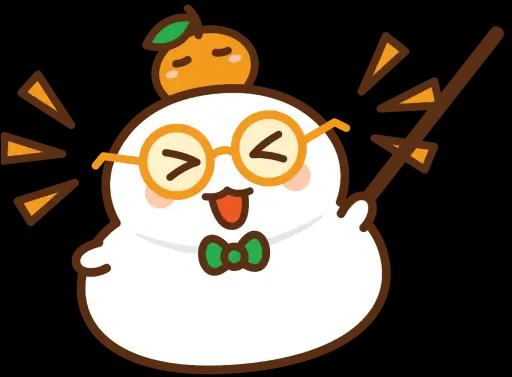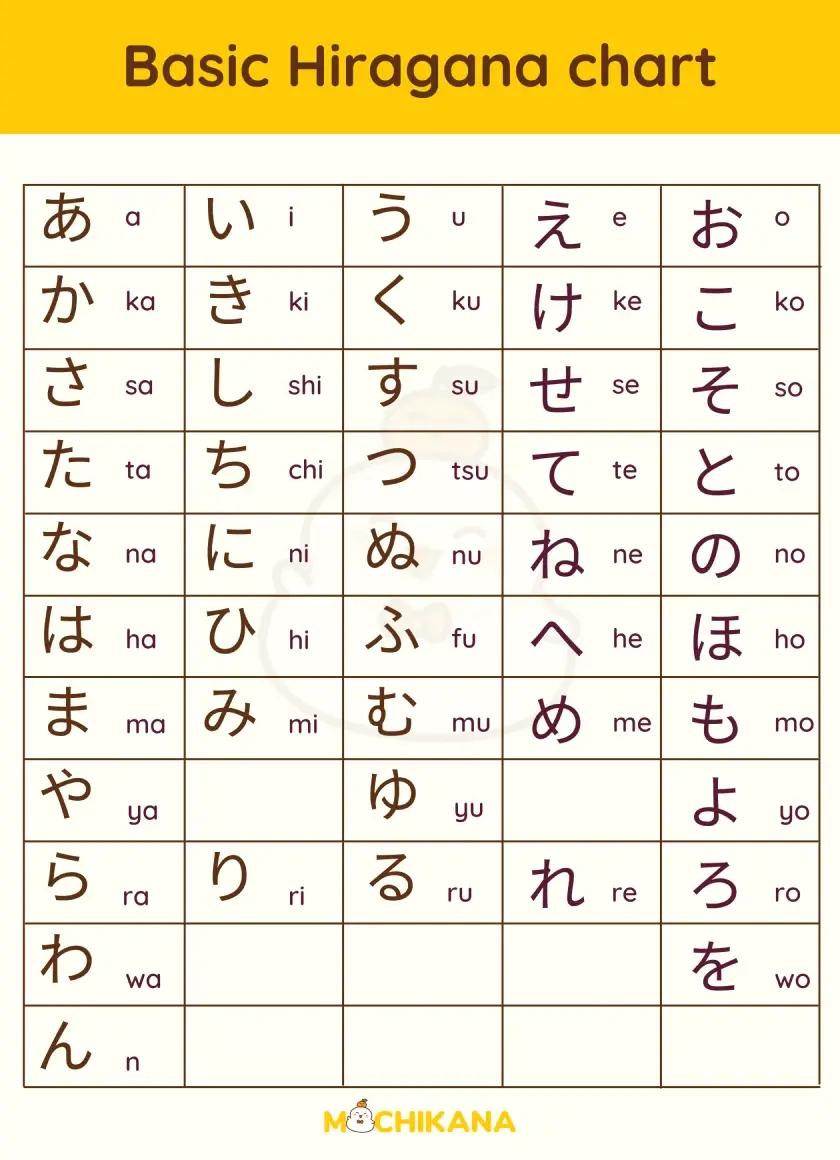सीखें
लिखें
समीक्षा करें
Conversation
Event
Part 1
あ (A) and か (Ka) Rows

हिरागाना वर्णमाला सीखें
Introduction to the Japanese Alphabet
The Japanese don’t have a traditional alphabet like English. Instead, it has four scripts, with three commonly used: Hiragana, Katakana, and Kanji. The fourth, Romaji, is mostly for Japanese books aimed at foreigners or typing on keyboards.
Hiragana is the main script for native Japanese words and grammar. It's simple, rounded characters are beginner-friendly. Katakana is used for foreign words, with angular characters that you’ll often see in menus and ads. Kanji has characters borrowed from Chinese, each representing an idea or concept. It’s the most complex, with thousands of characters.
Together, these scripts form the core of Japanese writing. Each plays a unique, yet complementary role in expressing the language.
Hiragana: The Most Common Japanese Script
Hiragana is the primary and most common script in Japanese. It consists of 46 basic characters, each representing a single sound. These characters are simpler than Kanji, making them easier to learn. Hiragana is essential for beginners because it allows for basic communication and helps learners understand Japanese sentence structure. Each Hiragana character represents one syllable, covering all Japanese sounds. Children and beginners start with Hiragana to build a strong foundation.
How Hiragana is Used
Hiragana is used for native Japanese words, grammar particles, and verb endings. You'll often see it in books, signs, and children's materials, as well as in words without Kanji. It’s also used in combination with Kanji to complete sentences, making it a vital script for reading and writing in Japanese.
मूल हिरागाना वर्णमाला
जापानी वर्णमाला हिरागाना सीखने के लिए, पहले 46 मूल हिरागाना अक्षरों से शुरू करें। पहले पंक्ति से शुरू करें: あ (a)、い (i)、う (u)、え (e)、お (o)। फिर दूसरी पंक्ति पर जाएं: か (ka), き (ki), く (ku), け (ke), こ (ko) और बाकी अक्षरों को सीखें।

उन्नत हिरागाना वर्णमाला
इसके बाद, आप उन्नत वर्णमाला की ओर बढ़ेंगे, जो आपको जापानी वर्णमाला के अन्य नियमों और अवधारणाओं से परिचित कराएगी। यह एक बड़ा सैंडबॉक्स है जहाँ आप मौजूदा अक्षरों का उपयोग करके जटिल ध्वनियाँ बनाना शुरू कर सकते हैं। आप इनका संक्षेप में परिचय पा सकते हैं:
- विशेष संस्करण के अक्षर: एक मूल अक्षर के साथ एक डैश या बिंदु जोड़ने से जैसे ひ (hi) -> ぴ (pi), या は (ha) -> ば (ba) से उन शब्दों को बनाना आसान होता है जो मूल वर्णमालाओं से कठिन होते हैं।
- विशेष अक्षर: “っ” (छोटा त्सु), लंबित स्वर ああ (a~), いえ (i~), या おう (o~), जो उच्चारण की दुनिया में स्वाद और गहराई जोड़ते हैं।
- “कॉम्बो अक्षर”: “にゃ” (nya), और “きゃ” (kya) जैसे संयोजनों का पता लगाएं, जो भाषा में नए ध्वनि और आयाम जोड़ते हैं।

How to Learn Hiragana: Writing, Reading, and Pronunciation
Learning Hiragana involves three essential steps:
- Start with simple test: begin with the あ (a), い (i), う (u), え (e), お (o) row to build your confidence, then move through each line systematically.
- Practice writing each character by following the correct stroke order. This helps you remember the shapes and form characters correctly.
- Practice reading by speaking words aloud to get familiar with the sounds. Hiragana pronunciation is straightforward. Each character has a fixed sound, making it easier to learn.
Mastering Hiragana is your first step in learning Japanese. With practice, you’ll be able to read, write, and speak basic Japanese quickly.
Start learningYou’re learning

See all courses





























































